Octopus dumplings, a creative twist on traditional Chinese jiaozi, offer a harmonious fusion of tender seafood and aromatic seasonings wrapped in a delicate dough. This dish, though less common than its pork or vegetable counterparts, has gained popularity for its unique texture and briny flavor. Perfect for seafood enthusiasts or those seeking to explore beyond conventional dumpling fillings, octopus dumplings require minimal ingredients but reward patience and precision. Below is a comprehensive guide to crafting these delectable treats at home, from preparing the dough to mastering the folding technique.
Ingredients: Sourcing Quality Matters
The success of octopus dumplings hinges on fresh, high-quality ingredients. Opt for small to medium-sized octopuses, as larger specimens may be tough and chewy. If frozen octopus is your only option, ensure it is thoroughly thawed and patted dry before cooking.
For the Dough:
- 2 cups all-purpose flour (plus extra for dusting)
- ¾ cup warm water (approximately 100°F/38°C)
- ½ teaspoon salt
For the Filling:
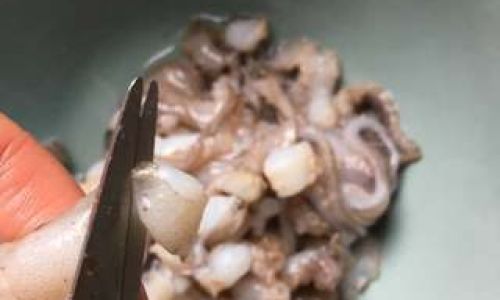
- 1 medium octopus (about 1 lb/450g), cleaned and tentacles separated
- 1 tablespoon vegetable oil
- 2 garlic cloves, minced
- 1-inch ginger, grated
- 3 scallions, finely chopped
- 1 cup napa cabbage, shredded and lightly salted to draw out moisture
- 1 tablespoon soy sauce
- 1 teaspoon sesame oil
- 1 teaspoon rice vinegar
- White pepper, to taste
- 1 teaspoon sugar (optional, to balance brininess)
Optional Garnishes:
- Black vinegar dipping sauce
- Chili oil
- Fresh cilantro leaves
- Toasted sesame seeds
Step 1: Preparing the Octopus
Octopus requires gentle cooking to avoid rubberiness. Begin by simmering it in a pot of boiling water with a slice of ginger and a splash of rice wine (if available) for 20–30 minutes, or until tender. Drain and rinse under cold water to halt cooking. Pat dry, then finely chop the tentacles and body into small, uniform pieces.
Pro Tip: For added depth, sear the chopped octopus in a hot pan with a drizzle of oil until lightly caramelized. This step intensifies the flavor and adds a subtle smokiness.
Step 2: Crafting the Filling
In a mixing bowl, combine the chopped octopus, drained napa cabbage, scallions, garlic, and ginger. Drizzle with soy sauce, sesame oil, and rice vinegar, then season with white pepper and sugar. Stir vigorously to meld the flavors, tasting and adjusting seasonings as needed. The mixture should be moist but not watery—excess liquid can lead to soggy dumplings.
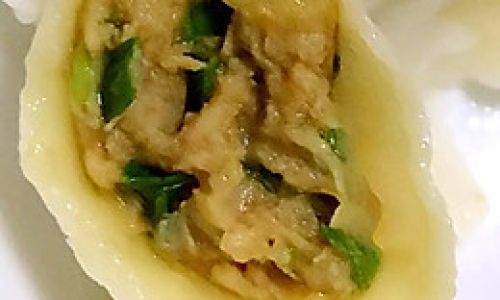
Variation: For a vegetarian twist, substitute octopus with king oyster mushrooms sautéed until golden. Their meaty texture mimics the chewiness of seafood.
Step 3: Making the Dough
In a large bowl, whisk together flour and salt. Gradually pour in warm water, stirring with chopsticks or a fork until a shaggy dough forms. Knead for 8–10 minutes until smooth and elastic, adding flour if sticky. Cover with a damp cloth and let rest for 30 minutes. This resting period relaxes the gluten, making the dough easier to roll.
Expert Tip: If short on time, use a stand mixer with a dough hook attachment on medium speed.
Step 4: Shaping the Dumplings
Divide the dough into quarters. Roll each portion into a log, then cut into 1-inch pieces. Flatten each piece into a disc using your palm, then roll into a 3.5-inch circle with a small rolling pin. Keep the edges thinner than the center to prevent thick, doughy bottoms.
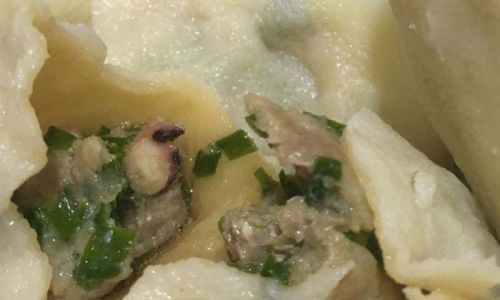
Folding Techniques:
- Classic Pleat: Place 1 tablespoon of filling in the center. Fold the dough in half, pinching one end. Create 4–5 pleats along the edge, pressing firmly to seal.
- Half-Moon: For beginners, simply fold the dough over the filling and press the edges together.
- Crescent Roll: For a decorative touch, twist the sealed edges into a gentle curve.
Troubleshooting: If the dough tears, discard the wrapper and re-roll. Overfilled dumplings are prone to bursting—less is more.
Step 5: Cooking Methods
Octopus dumplings can be boiled, steamed, or pan-fried, each method yielding distinct textures.
Boiling:
Bring a pot of salted water to a rolling boil. Gently add dumplings (do not overcrowd) and stir to prevent sticking. Cook for 5–7 minutes until they float to the surface. Drain and serve immediately.
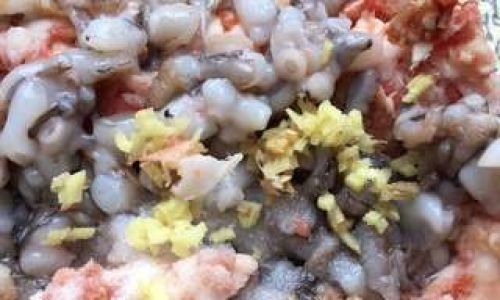
Steaming:
Line a bamboo steamer with parchment paper or cabbage leaves. Arrange dumplings 1 inch apart and steam for 10–12 minutes over medium heat.
Pan-Frying (Potstickers):
Heat 1 tablespoon oil in a non-stick pan. Arrange dumplings flat-side down and fry until golden (2–3 minutes). Add ¼ cup water, cover, and steam for 6–8 minutes. Uncover and fry until crispy.
Step 6: Serving Suggestions
Octopus dumplings shine when paired with tangy dipping sauces. Whisk together 3 parts black vinegar, 1 part soy sauce, a dash of chili oil, and a pinch of sugar. Garnish with scallions and sesame seeds for a vibrant finish. For a heartier meal, serve alongside pickled daikon or a bowl of miso soup.
Tips for Perfect Octopus Dumplings
- Texture Control: If the octopus feels tough after simmering, marinate it in a mixture of baking soda and water for 30 minutes before chopping. Rinse thoroughly to remove any residue.
- Freezing: Uncooked dumplings can be frozen on a tray until solid, then transferred to a zip-top bag. Cook directly from frozen, adding 2–3 minutes to the cooking time.
- Presentation: For a restaurant-quality touch, use a cookie cutter to shape the dough into uniform circles.
Cultural Context: Dumplings as Symbols of Unity
In Chinese cuisine, dumplings symbolize wealth and togetherness, often enjoyed during Lunar New Year celebrations. While pork and chive fillings remain classic, coastal regions have long incorporated seafood like shrimp, crab, and octopus into their recipes. Octopus dumplings, in particular, reflect a marriage of land and sea, embodying the culinary ingenuity of fishermen’s communities.
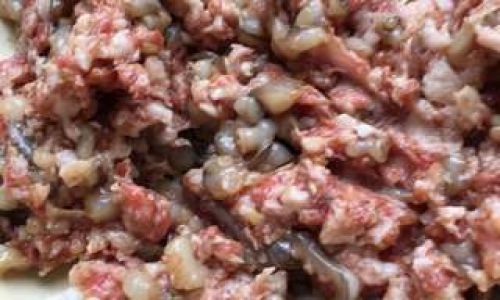
Conclusion: A Culinary Adventure Awaits
Mastering octopus dumplings is a journey of refinement—each fold and simmer brings you closer to a dish that is both comforting and exotic. Whether shared with family or savored solo, these dumplings offer a taste of the ocean wrapped in a tender embrace. Experiment with fillings, embrace imperfections, and savor the satisfaction of creating a dish that bridges tradition and innovation.
Final Thought: Don’t be discouraged by initial mishaps. Even lopsided dumplings, when dipped in chili oil, taste of triumph. After all, the best recipes are those made with love—and a dash of octopus.


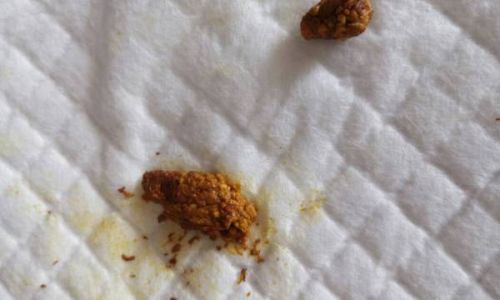
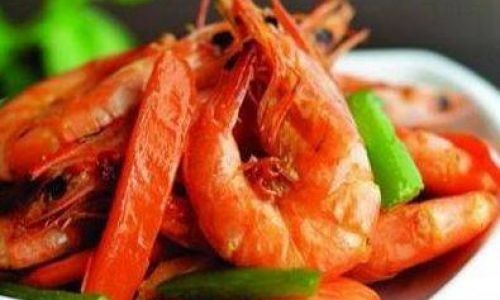

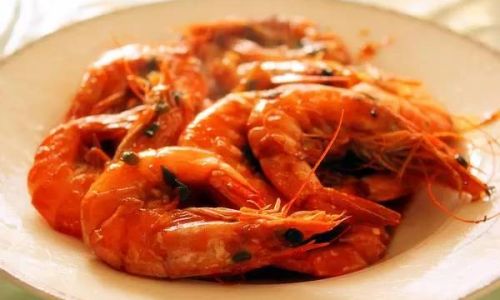
0 comments